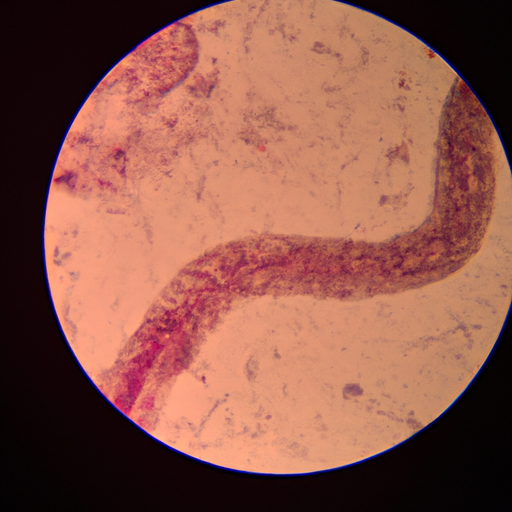As a loving and dedicated caregiver, your dog’s health is undeniably one of your topmost priorities. This guide is aimed at giving you a comprehensive insight into one of the common parasites that pose a threat to your furry friend – tapeworms.
Understanding Tapeworms
Tapeworms are intestinal parasites that can affect dogs. They are flat, segmented parasites that attach themselves to the dog’s intestine, where they feed and grow.
Imagine a ribbon, segmented and white, that’s what a tapeworm resembles. Each segment is about the size of a grain of rice. As the tapeworm matures, these segments break off, carrying eggs, and are passed through the dog’s waste.
How Dogs Get Infected by Tapeworms
Your dog can get infected by tapeworms in several ways:
- Fleas: Fleas are the most common way dogs get tapeworms. When your dog chews or licks its skin as a way to relieve the itching caused by fleas, it can ingest the flea carrying the tapeworm larvae.
- Hunting or Scavenging: Dogs can also get tapeworms by eating infected animals like rodents or rabbits.
- Eating Raw Meat: Ingesting raw or undercooked meat that contains tapeworm eggs can also lead to an infection.
Spotting Tapeworms in Dogs
The most common sign that your dog might have tapeworms is the appearance of these segments in the dog’s feces or around the anal area. The segments are usually white or cream-colored and may look like grains of rice or seeds.
| Sign | Description |
|---|---|
| Worm Segments in Feces | Look like grains of rice or seeds |
| Worm Segments Near the Anus | They can also be found in the dog’s bedding |
| Excessive Licking or Biting at the Anus | Indicates discomfort |
| Weight Loss | Despite a normal or increased appetite |
Treatment for Tapeworms in Dogs
The good news is that treatment for tapeworms is relatively simple and effective. It involves oral or injectable medication prescribed by a vet. It is also crucial to control and eliminate fleas to prevent re-infection.
- Deworming medication: Kills the tapeworms within 24 to 48 hours
- Flea control products: Helps prevent re-infection
Frequently Asked Questions
Q: Can humans get tapeworms from dogs?
A: Yes, but it is rare and usually involves ingesting a flea infected with tapeworm larvae.
Q: Can I see tapeworms in my dog’s poop?
A: Yes, you can often see segments of tapeworms in a dog’s feces. They look like small grains of rice or seeds.
Q: How often should I deworm my dog?
A: The frequency of deworming can depend on your dog’s lifestyle and your vet’s recommendation. Typically, adult dogs should be dewormed at least twice a year.
Your dog’s health is a shared journey, and being informed about potential health risks like tapeworms puts you a step ahead in ensuring your canine companion stays happy and healthy.



